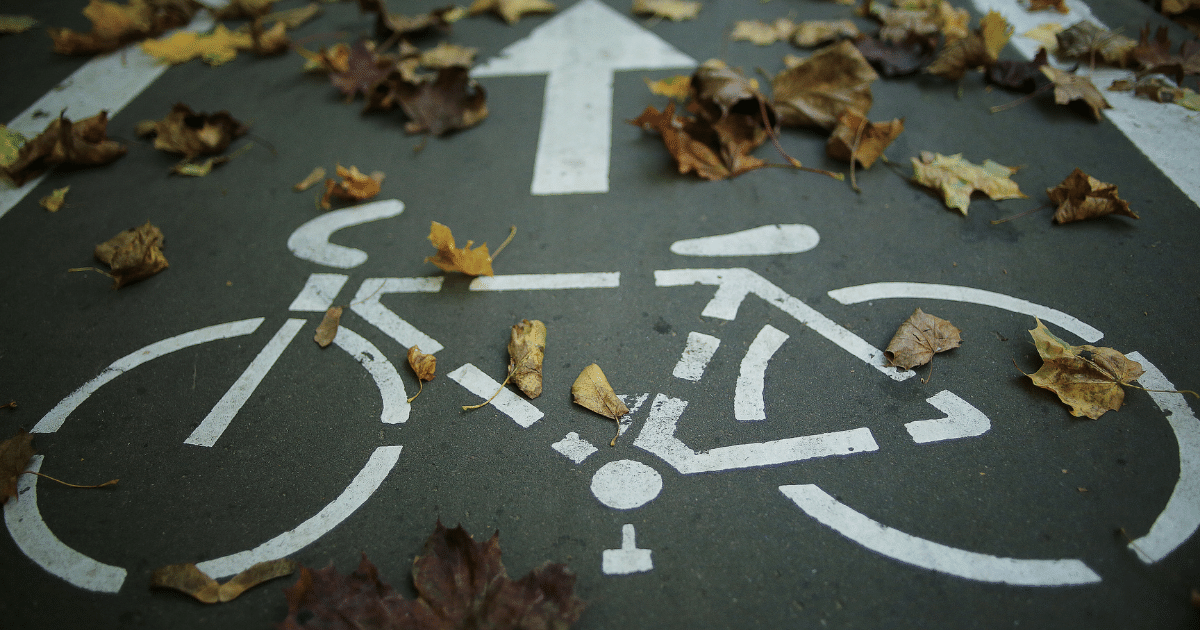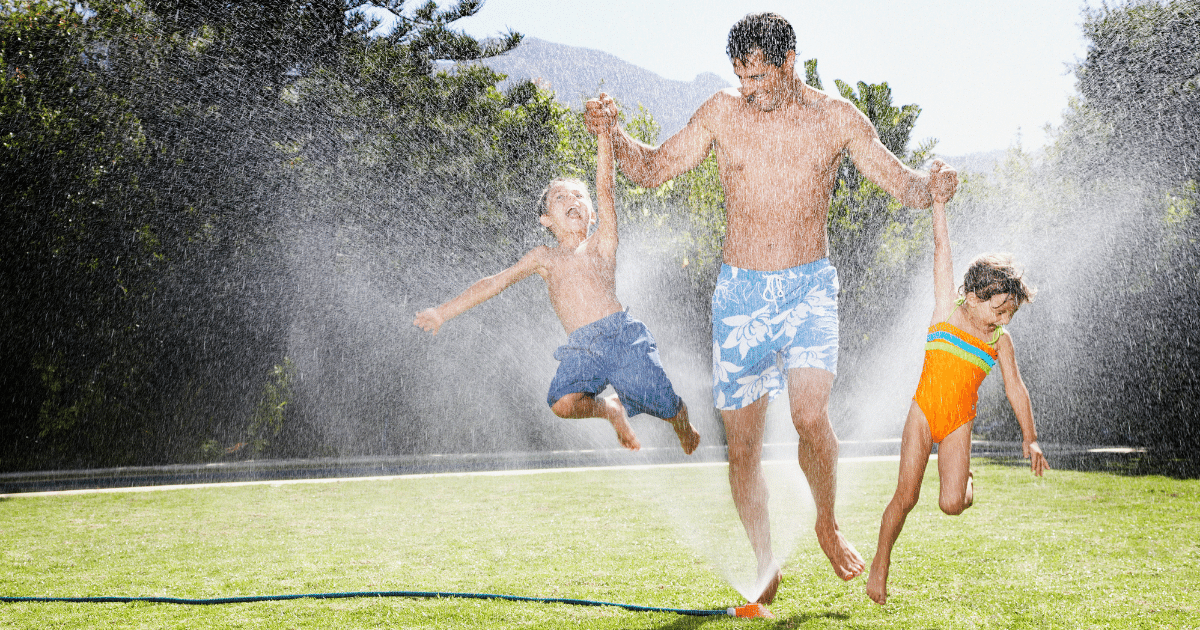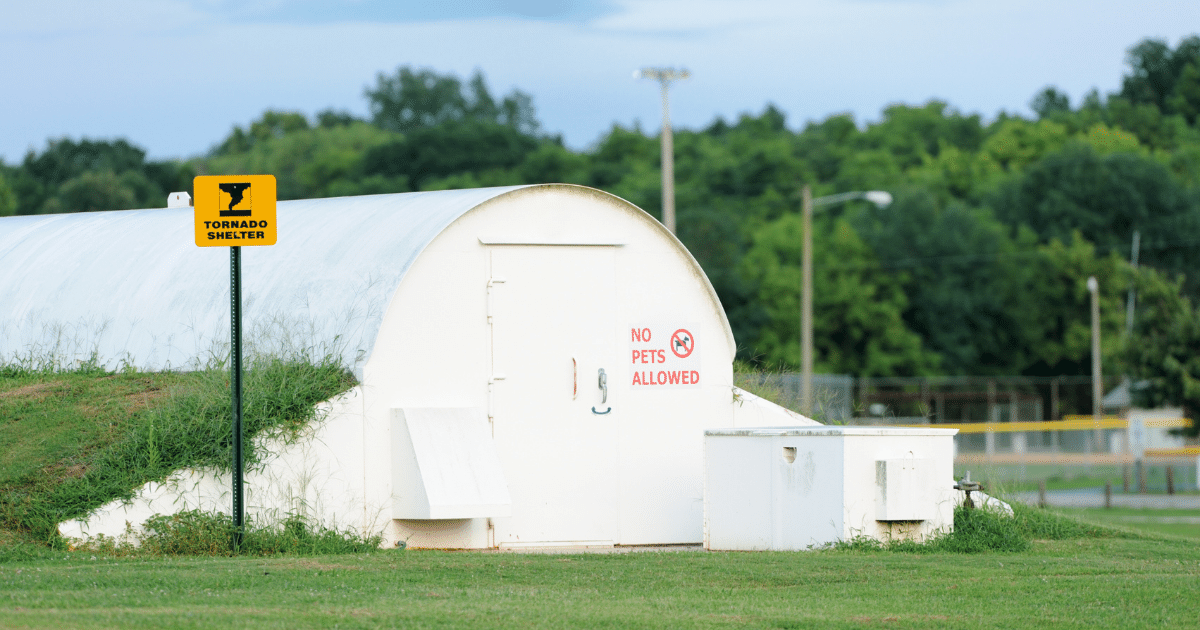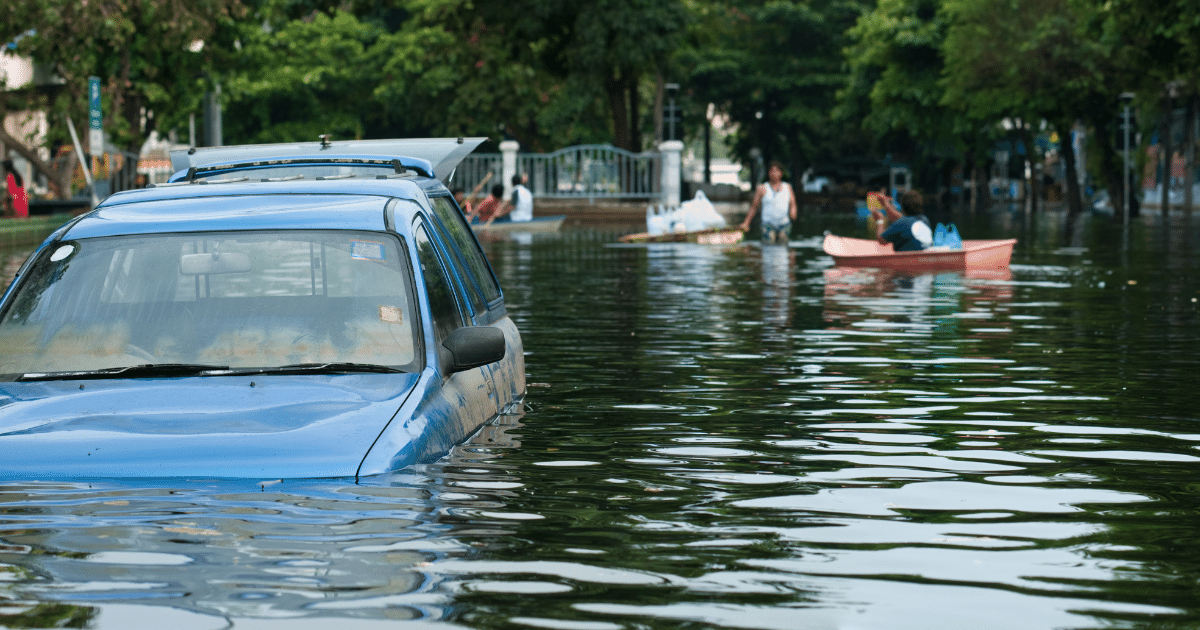
Safety Tips For Bicyclists
Cycling has grown significantly in popularity over the past decade. Towns across the country are adding bike lanes to their roads to become more bike-friendly, and more and more people are ditching their cars and using a bike as their primary form of transportation. According to USA Today, larger cities like Portland, Ore., and Minneapolis have more than doubled their rate of bike commuters since 2014 – and as a cyclist, I can’t help but get excited.
Now, with bike riding growing in popularity across the U.S. – it may be a good idea to brush up on some traffic guidelines to avoid any accidents.
When you purchase a bike, you’re likely not required to take a safety class before you ride it. And, for drivers, the instructors touched on bike safety as part of Drivers Ed, but who remembers details from a course they took in their teens?
My point is, adults aren’t given much guidance when it comes to cyclists and cars coexisting on the roads. And as a bicyclist and a driver, I did some research because honestly, I needed a refresher myself.
Safety tips for DRIVERS:
- Try to be 3 feet or more away from a bike.
- Try to pass on the left when possible.
- Blind spots are always lurking, make sure to watch for bikes.
- Only pass a bicyclist when your passing lane is free and clear.
- Look in your mirror for cyclists when you’re parking.
- Always think of cyclists as equals – remember, they have rights on the road too!
Safety tips for BICYCLISTS:
- Make sure to ride with the flow of traffic.
- Traffic signs and signals aren’t just for cars. Stop on red to be safe.
- Use marked bike paths or lanes if they’re available.
- Use your arm to make turn signals and take advantage of turn lanes so cars are aware of what you’re doing.
- Consider using a mirror to monitor the cars behind you.
- If you’re riding at night or in a storm, make sure to use some sort of flashers.
- Watch for parked cars.
- And most importantly – stay alert at all times.
If you’re unsure about your city’s or state’s traffic laws, it doesn’t hurt to look them up beforehand. No matter what you drive, be sure to enjoy the roads out there safely!























































